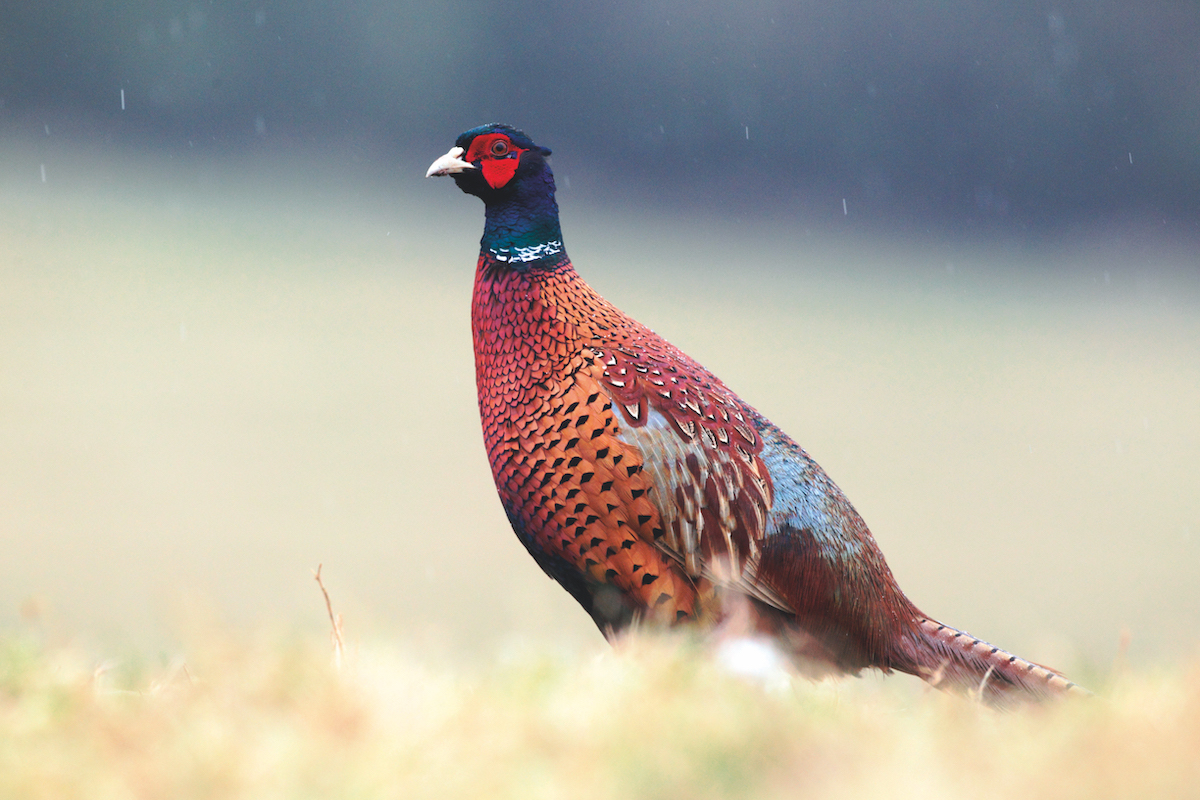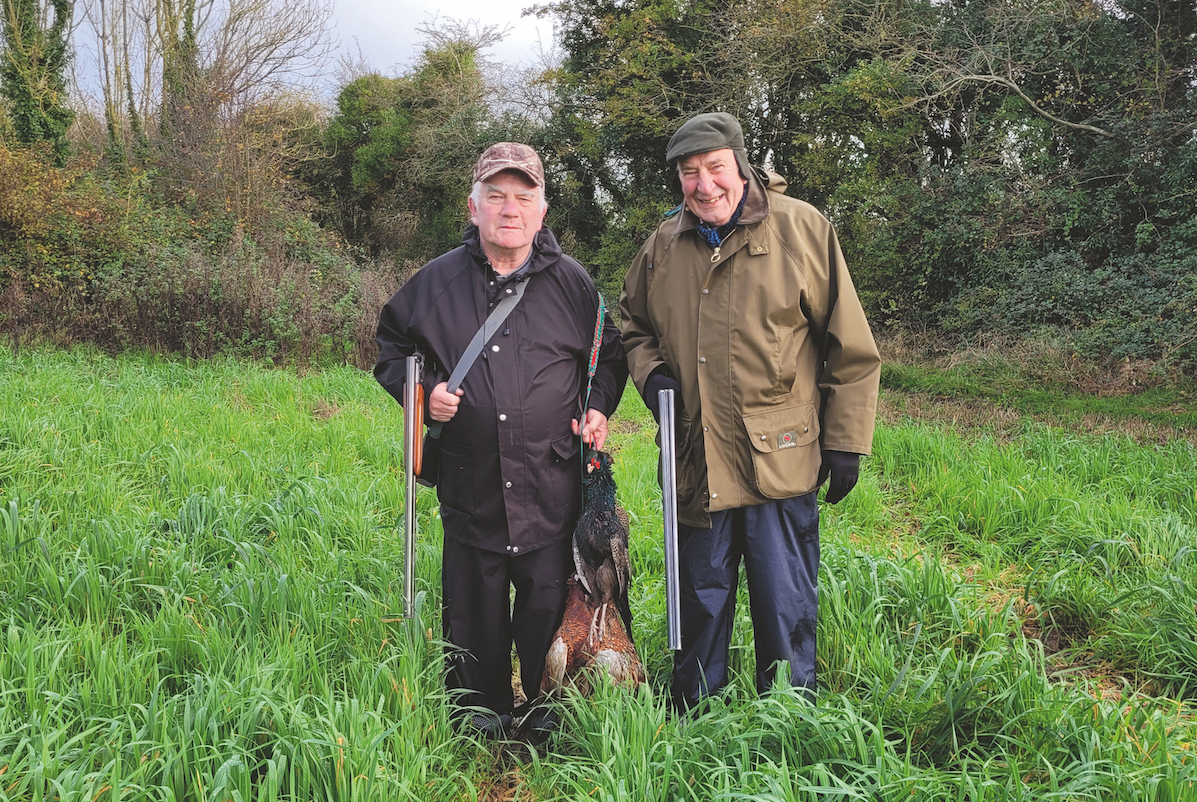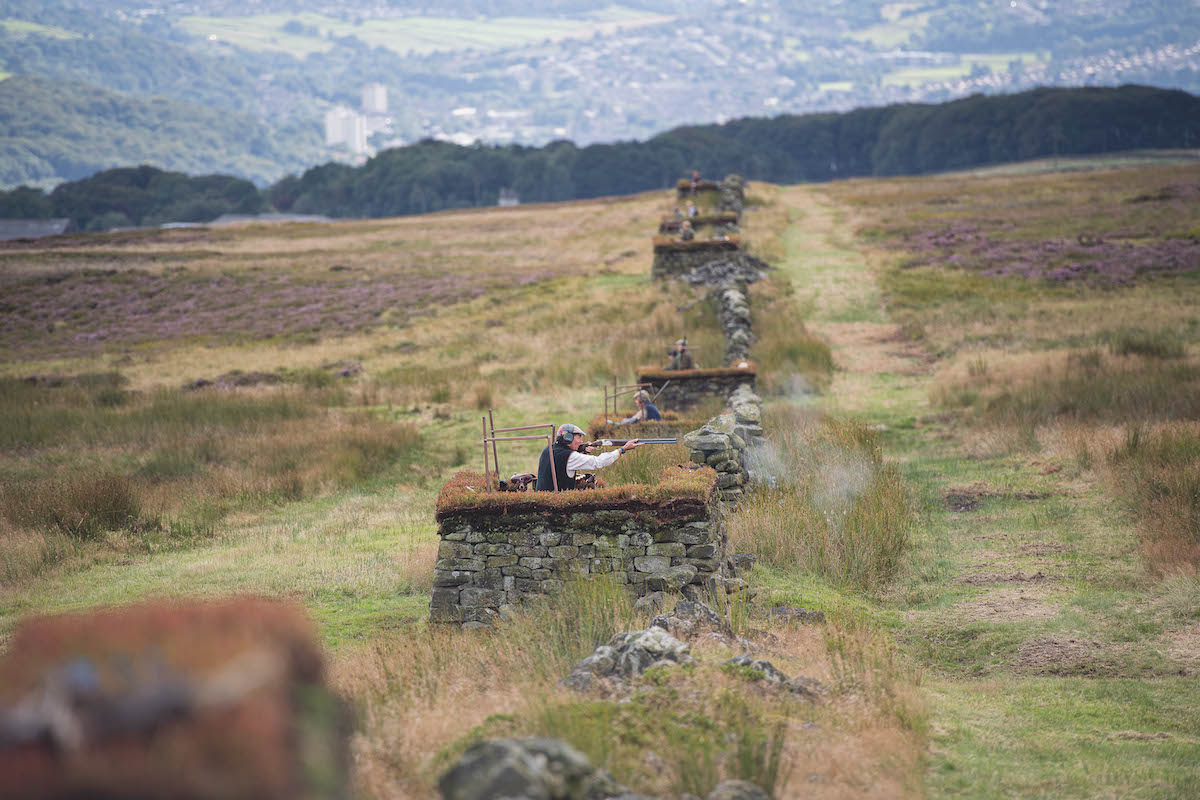Spring cleaning the shoot
The season may be over but it's time to give your shoot a clean bill of health, says Liam Bell

The second half of January is a rush of catching up, late-season invitations and the last of our shoot days at home. And while I miss the buzz and camaraderie of shoot days, it is quite nice to get into February and make a start on our list of jobs for cleaning the shoot
Spring cleaning the shoot – how to start
First on the list if the feeders are full is taking in the pegs. Nothing looks more alien or more out of place post-shooting season than a line of pegs in a field. If you use pegs, gather them up, tie them into sets and put them somewhere safe and out of the way. There is no need to repair them now. In fact, they are better repaired and repainted next autumn just before they are put back out. (Read more on feeders here.)
Any drinkers that are still out need taking in, and any plastic feeders you are no longer using need collecting, cleaning out and storing out of the way of anything that will chew them.
We make sure that we take in anything made of plastic, with the exception of our alkathene water pipes. We leave these where they are so they eventually get covered in undergrowth and leaves. The undergrowth will protect them from the sun and help keep the water cooler in the summer when the poults are back in the pen. The only downside to leaving the pipes out is having to dig about for the saddle connectors when you reconnect the drinkers, but it doesn’t take too long if you know where you are looking.

Bring in any plastic drinkers or feeders you aren’t using to prevent them getting chewed
Servicing
Quads, trailers, trail-feeders, spinners and anything else mechanical will need a deep clean and a proper service, even if they are relatively new. The same goes for chillers and fridges. Electrical goods will need PAT testing, and chainsaws and strimmers should be sent off to a dealer for a proper end-of-season overhaul, even if it’s something you think you can do yourself. Dealers and independents that specialise in repairing and servicing power tools often pick up on problems you or I would have missed.
Replacing worn parts will save time later if you get them done now, and the work can be added to service records. This is proof of due diligence and best practice if anyone who uses one of the machines or power tools is unlucky enough to be injured — something that is vitally important if insurance companies or the Health and Safety Executive are involved.

Stock fencing around feeders discourages crows while still allowing gamebirds through
Topping up feeders
Of course, the long list of maintenance jobs doesn’t mean that we aren’t still looking after the birds we have left on the ground. Far from it; spring feeding is essential for fit and healthy hen birds. It is only right and proper that we feed and look after the birds until the weather warms up and there is some natural food about, which is a lot later than many people think. We will still be topping up our feeders in May, and in a late year when we get a cold, wet spring and things are taking longer to get going, we could still be feeding well into June.
For now, the hoppers and feeders can be left where they are. There is no point moving them out to the hedges and rough corners of your shoot until the birds start to spread out and the hedges and ditches green up. This might not be until the end of the month if the weather stays cold and wet or there is late fall of snow.
When the weather does warm up, the birds will start to spread and the cocks will become territorial and start sparring. Keep an eye on them, watch where they and their hens go and follow them with the smaller feeders you’ve used in the pens. The bigger feeders can stay where they are and be left to run out. They can then be cleaned and taken in or stacked somewhere out of sight until they are needed again.
The smaller feeders are easier to fill and move than the big ones, and as they will each only be feeding a single pair of partridges and at most a cock pheasant and a harem of eight to 10 hens, they’ll last two to three weeks between fills. They’ll still need checking a couple of times a week to see that they are not blocked or knocked over by livestock or deer, but they won’t take that much topping up.
Deterring pests
Keep an eye out for signs of rats, and be prepared to move the feeder out into the open if they are hammering it in the bottom of a hedge. The birds will still find and use them if they are out in the open, but it will make the rats feel more vulnerable and as a result easier to catch in a well-sited tunnel trap. (Read ratting with air rifles. )
If you have partridges using your feeders, make the excluders at the mouths of the tunnel as small as you dare, remembering that a rat can worm its way into a one-inch square. The last thing you want is partridges, or any other birds that are using the feeders, pushing their way in if they feel threatened and getting caught.
If you find you are feeding more pigeons and crows than pheasants and partridges, make a wire hoop big enough to fit around the hopper out of stock fencing. Place it over the feeder with the small squares at the top and big squares at the bottom. These squares will be large enough for a pheasant or partridge to creep through and feed.
Although the squares are also big enough to allow pigeons, rooks and jackdaws in, it will deter them as they won’t like the feeling of being trapped inside or flying into the wire if they are disturbed.








